Have you seen this stuff?
I got a sample from Pellon a few months back and had a chance to use it this morning.
It’s really quite handy!
I pieced together some batting scraps to sandwich a mini quilt and took some pics to share with you.
All you need is the tape, scissors, batting scraps and a hot iron.
Trim the edges of your scraps so they can nest as flush as possible next to each other.
Cut a piece of tape to fit the seam and iron it in place.
Flip and repeat for the backside and that’s it!
The packaging says it’s safe for quilting once you’re done as well as machine washable and dryer safe.
I’ll let you know how that goes when I finish my mini.
You can find it at Pellon and JoAnn’s. Amazon also has it in black.
I’m a hoarder of all scraps, so I’m glad to have a quick way to put the batting ones to use!

.jpg)
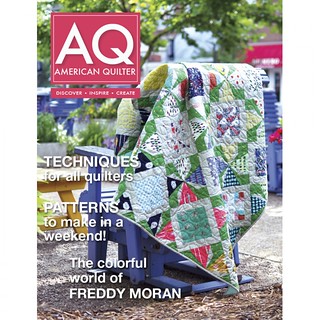
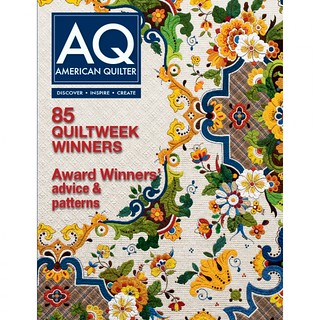
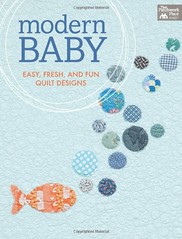
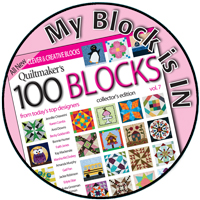
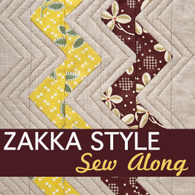
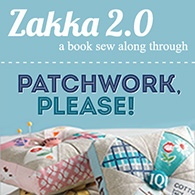
Is it safe to use on all batting types? Poly or 80/20? Looks quite a bit faster than sewing the batting together!
It’s 100% polyester, so I’d assume it’s safe for poly battings too. It doesn’t list restrictions. It was definitely speedy!
With poly batting you have to be careful not to melt the batting with your iron – use a lower setting. Mary
I didn’t know such a product existed! To piece smaller chunks of batting I just trim so each side is super straight then zig-zag stitch together. I may have to give this a try though! Thanks for sharing!
Ooh that would make my Frankenstein-wadding way neater!
Cool!!!
Sent from my iPhone
I use a similar product – it’s brilliant!! Quilts and washes well – I will never ever join wadding together with zig-zag stitches now – this is so much quicker, neater and flatter!!
We a manufacturer of fusible tape to join batting. Our tape has been selected by Marti Michell and it is the only fusible we have seen marketed to quilters that in not made with a knit fabric. Ours is non-woven. Why do we think our tape is better for quilters:
A) A stiff, non-flexible joint between the batts is what is needed. Knits are the most stretchable fabric while non-woven is the most stable fabric construction.
B) Non-wovens are thinner and more difficult to detect in the quilt.
C) The other tapes for quilters are almost all either .75″ or 1.5″ wide. Our tapes are either 1″ or 2″ wide. Our book, “Machine Quilting In Sections” shows overlapping two batts and cutting through both batts with a gentle curve and then joining them. 1.5″ wide tape is not wide enough to do this. .75″wide tape is narrow and skimpy.
D) Non-woven fabrics are the least expensive fabrics to make making non-woven tapes vastly less expensive than knit tapes.
Yes, this is a plug for our group of products, but hopefully this plug can be forgiven because of the educational content. If this plug offends you, I am sorry.
Linsey, please send me an eMail.